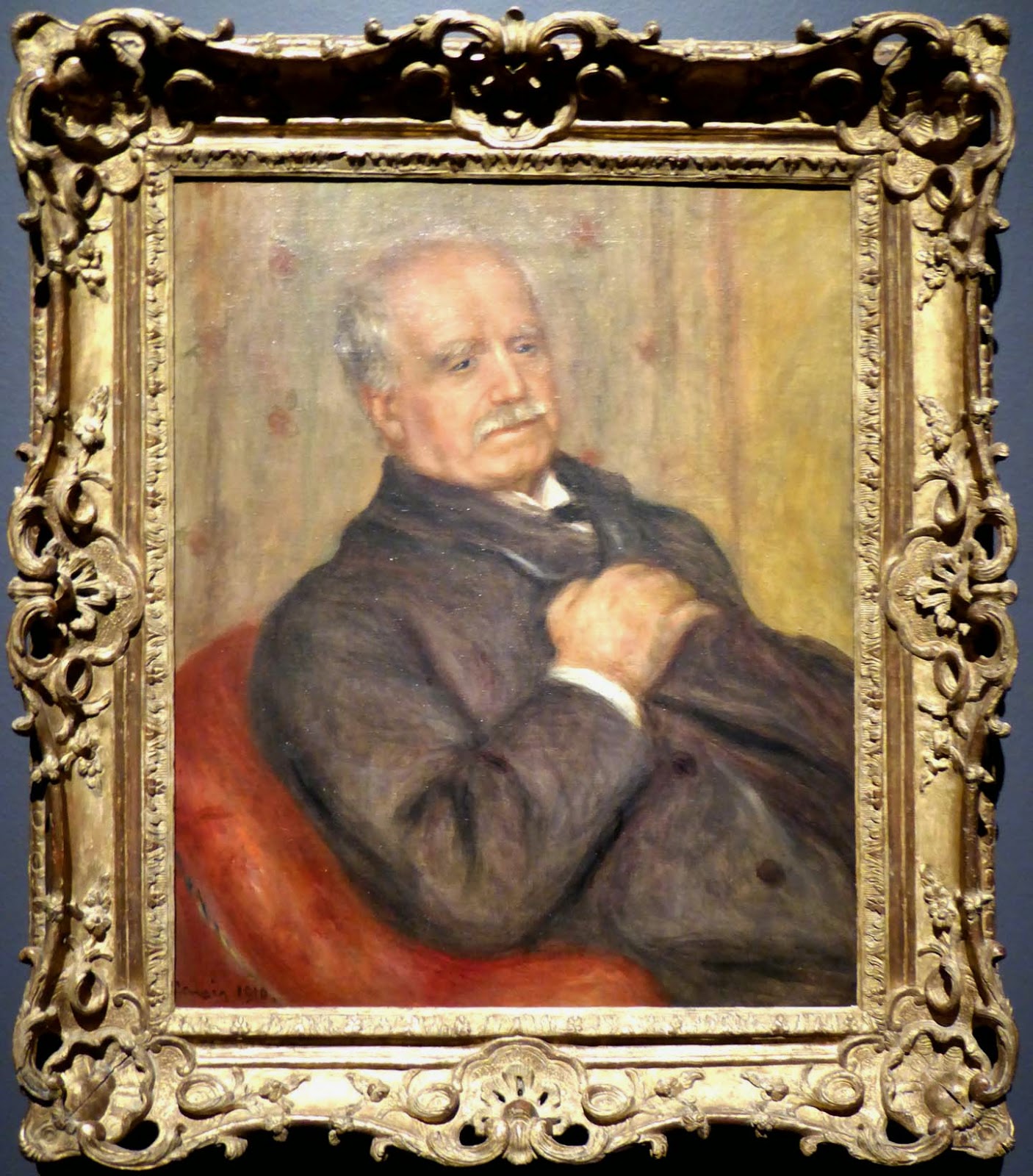There was a huge buzz when the View from the Shard opened just over two years ago. At the top of the tallest building in Western Europe, it was the place to go for proposals, birthdays, and other special occasions or just for a never-before-seen view of London.
One year on, it’s still a major tourist attraction, an iconic addition to the capital’s skyline. But across the river there’s a rival - a new skyscraper also offering spectacular views of landmarks, including the Shard (left).

The Sky Garden, on top of the Walkie Talkie (aka 20 Fenchurch St), doesn’t take you up so high, but the panorama is still impressive (left). It also has London’s highest garden, places to sit and relax, restaurants and a bar.
So how do they compare?
Well, for a start, access to the Sky Garden is free (though you need to book in advance), while the View from the Shard costs £24.95 if you book in advance, or £29.95 on the day.
Height-wise, the Sky Garden is on the 35th floor, while the View from the Shard is on floors 69 to 72. So though looking down on London from the Sky Garden is amazing it can’t quite compete with the heart-stopping moment at the Shard, when you first see the City in miniature below you (left) and the curve of the horizon. The Tower of London, the boats on the river and the trains going into London Bridge Station look like children’s toys. Birds soar and sometimes a helicopter will buzz past.
The Shard's viewing galleries (left) are just that, viewing galleries - the restaurants on the lower floors operate separately - but to add to the experience, they have inter-active touch-screen telescopes which can zoom in on landmarks and tell you more about them.
The Sky Garden (left) is more of a social space – a place to linger. The open-air terrace, which faces south, and the two observation decks together offer 360’ views.
When you’ve had enough of these, there is the garden to admire (below), sheltered under a glass dome and given a tropical atmosphere with plants mostly from Brazil, South Africa and New Zealand.
The restaurants offer everything from a coffee and croissant to a meal. There's a range of prices: Venison Pie, £18 and Tuna Nicoise £13 at the Darwin Brasserie; Dressed Crab £22 and Whole Dover Sole £42 at the Seafood Bar and Grill.
Perhaps because of the relaxed atmosphere, we could find no information there about what you can see – either the view or the plants - so taking a map to orientate yourself is a good idea.
So which should you visit?
For a real bird’s-eye view of London, and if you aren’t afraid of heights, try a trip up the Shard. It's a memorable occasion, and the admission price is not too far out of line with that for other premium attractions now. You will also learn about its construction and the fox that tried living the high life on its upper reaches.
Sky Garden is a gentler, though still amazing experience, and being free, a place to which you could return time after time, to meet friends for a bite or just to enjoy the ever-changing panorama (above). With both you get a feel for London's geography and the surprising quirks of some of its buildings - impossible to grasp at ground level. And both let you see familiar landmarks from a new perspective: looking down on the Monument (just around the corner from the Sky Garden), we watched visitors emerging from below the golden flame to be confronted by a huge crane working on an adjacent building site.
Two tips:
If you’re keen on photography, a selfie-stick would be useful at both venues. The open-air viewing platforms are protected by substantial glass walls, so a camera needs to be up high to avoid reflections. And if you can, check the weather forecast before you book. Pollution made viewing difficult the day we visited the Sky Garden, though there was still plenty to enjoy. Because of its height, the Shard is sometimes wreathed in cloud and if you can’t see at least three landmarks, including the London Eye, St Paul’s Cathedral, The Gherkin, Tower Bridge and the Canary Wharf Tower. you are promised a free return ticket, valid for three months, Fine if you live somewhere close, but perhaps not so good for tourists with limited time.
www.skygarden.london
www.theviewfromtheshard.com
For more on the Shard and other 'top' sites in London, see
http://greenjottings.blogspot.co.uk/2013/01/the-view-from-shard-and-some.html



















